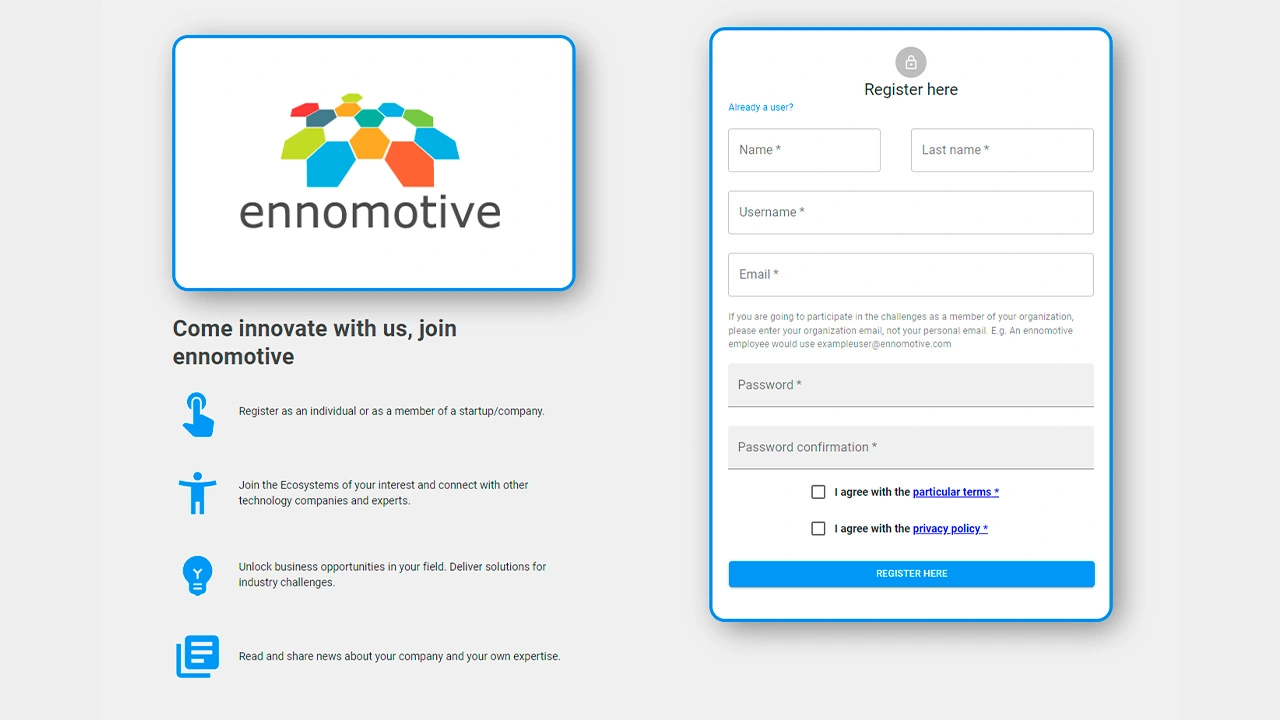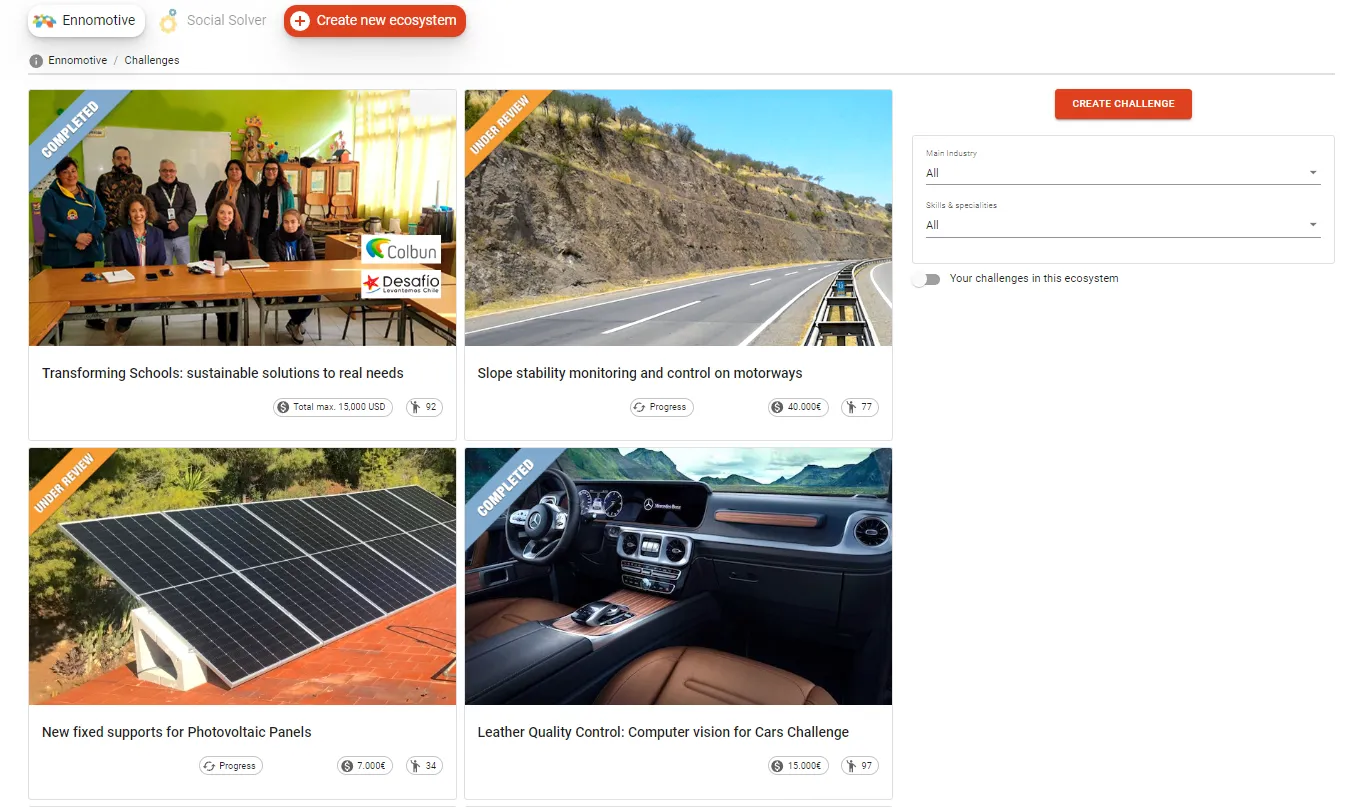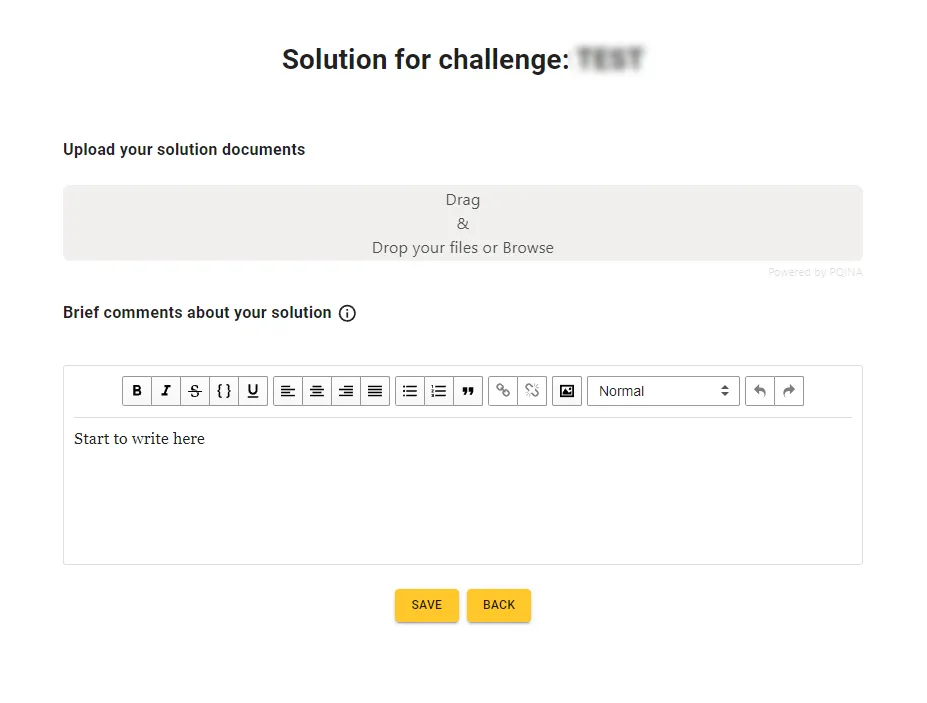Background
Ayuda en Acción (AeA) has worked since 1981 to improve the quality of life for vulnerable communities, advocate for the rights of the most disadvantaged, migrants, and promote a more compassionate world. AeA operates in countries including Mexico, Guatemala, Honduras, El Salvador, Nicaragua, Costa Rica, Colombia, and Ecuador.
In Potosí and Chuquisaca (Bolivia) there are 9 thousand families dedicated to fruit production, with peach, apple and grape crops being the most important. There are 5,600 indigenous Quechua producers located in 93 communities belonging to fruit growers' organizations in the municipalities of Cotagaita, Tupiza, Villazón, Vitichi, Camargo, Culpina and San Lucas.
With an average of 4 members per family, they reach 20,000 people. They are families with intense involvement in community activities and a huge connection to their social environment and the land they cultivate. They work small fruit orchards of an average of 0.25 hectares and 200 trees.
The challenge
Fruit production in the inter-Andean valleys of Bolivia begins its cycle with the flowering process, which lasts from the end of August to the end of September. At this time, trees can be affected by winter frosts (change of season from winter to spring).
But these frosts are not relevant, since the peach tree, for example, has three flowering moments, and even if the first or second is lost, the third is enough to achieve a good fruit set that guarantees optimal yields.
Late frosts (between October 5 and 25), which occur one day in the afternoon or morning, usually with temperatures reaching -1°C, and lasting no more than two hours, are the ones that cause a decrease in production yields. In 2023, more than 90% of production was lost for this reason, becoming a general concern for all producers.
The phenological moment in which it occurs is after the flower has set, during the first stages of fruit development, and as a result, the seed dies, so the fruits fall to the ground.
- When the frost has not been very severe or the crop has been heavily fertilized, the fruit does not fall and the tree produces the so-called “cuaresmillos” (fruits where the seed dies and there is a small development of the fruit) although the production yields are significantly lowered.
- With the loss of production some producers immediately think about looking for work elsewhere, abandoning the tasks that must be carried out in the fruit orchards. This causes 80% of the plants to become ill and a weak development of the shoots for the next harvest with a high probability of not being able to withstand future frosts.
- All this ends with low productive cycles that discourages producers from continuing with fruit-growing activities.
In many communities, producers make small bonfires using local firewood, kerosene, etc. with uncertain results in frost control and the negative environmental impact.
In some campaigns, an enzymatic catalyst has been used, from the moment of flowering until post-setting, weekly, which seems to obtain good results in the setting and development of the fruit.
See: https://www.youtube.com/watch?v=-0vEagdvqbE (spanish)
What we are looking for
We are looking for alternatives (within what is allowed in Agroecological production), which help to reduce the impact of late frosts in peach, apple or grape. Those alternatives should be sustainable, and consider efficient approaches adapted to the reality of farmers, which improve those already tested, or new ones such as:
- cultivation techniques that strengthen the resilience of crops to frost,
- thermal barriers that protect plants from frost at low cost,
- delays in the cycle so that it is not affected by frost
- …
Evaluation criteria:
- Technical viability considering the local context.
- Easy acquisition, implementation, use and maintenance (which is sustainable with local resources)
- Minimum possible cost
- Lowest environmental impact
- Robust solution
This is a single round challenge with the following deliverables:
A PDF document that includes:
- Technical description of the proposed system and its operating model.
- Equipment and facilities specification (drawings, materials…).
- Project start-up plan.
- Required investments (cost estimate).
In addition, you can add attached documents in a zip file to support your solution.
Timeline:
1 round – 7 weeks for delivery (March 4th, 2025) + 5 weeks for evaluation
-------------------- Particular Terms and Conditions ----------------------------
Confidentiality – N/A
Intellectual property –
You understand, acknowledge, and agree that Ayuda en Acción, the creator of the challenge, have access to your solution. You also understand, acknowledge, and agree that other solvers may create or have created content that may be similar or identical to your solution in terms of concept, theme, idea, format, or other aspects. In the event that your solution is identical or similar to another solver’s, Ayuda en Acción reserves the right, at its discretion, to assign a higher score to one of the solutions according to the terms of the challenge, or to randomly select a solution from all those that meet the terms of the challenge.
By participating in a challenge, and if your solution is selected as the WINNER, you agree that:
- If you propose a patented solution, you will retain the intellectual property rights, and Ayuda en Acción and, where applicable, the Challenger will only have the rights to use this specific project (from its publication as a challenge until its pilot phase and scaling).
- If, as a result of this challenge, a new solution or technological application with intellectual property rights is created, the winner will exclusively transfer their rights to Ayuda en Acción and, where applicable, to the Challenger, for the purpose of using said solution or technological application in social purpose projects, whether their own or external. This transfer will be unlimited in terms of time and territory, but at all times, AeA will recognize the moral rights of the author, giving them credit for their solution and visibility.
For more information on how our challenges work, visit: How does a challange work?
Awards
Support of €2,500 will be granted to the winning solution or solutions. In the case of implementation on the ground, it is recommended that this reward be allocated to cover travel expenses to the area and participation in the prototype, or alternatively, for making donations, according to the winner’s preference.
Both the finalist solutions and the winning solution will gain visibility and recognition through the digital platforms of ennomotive and Ayuda en Acción.



